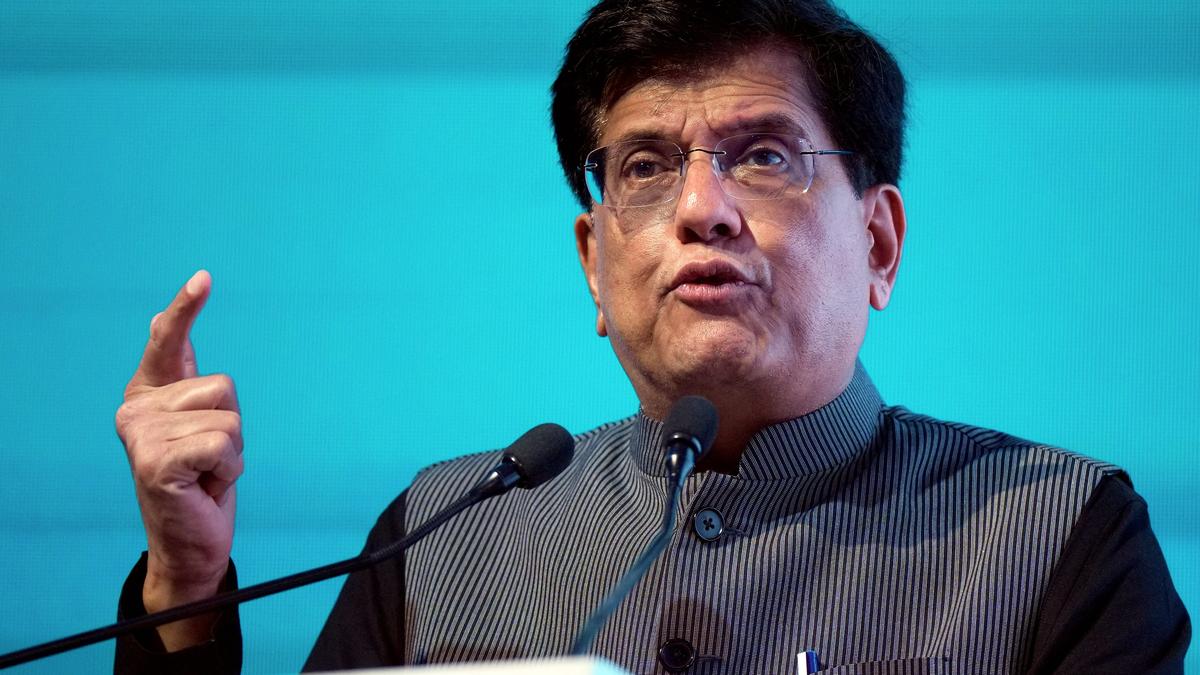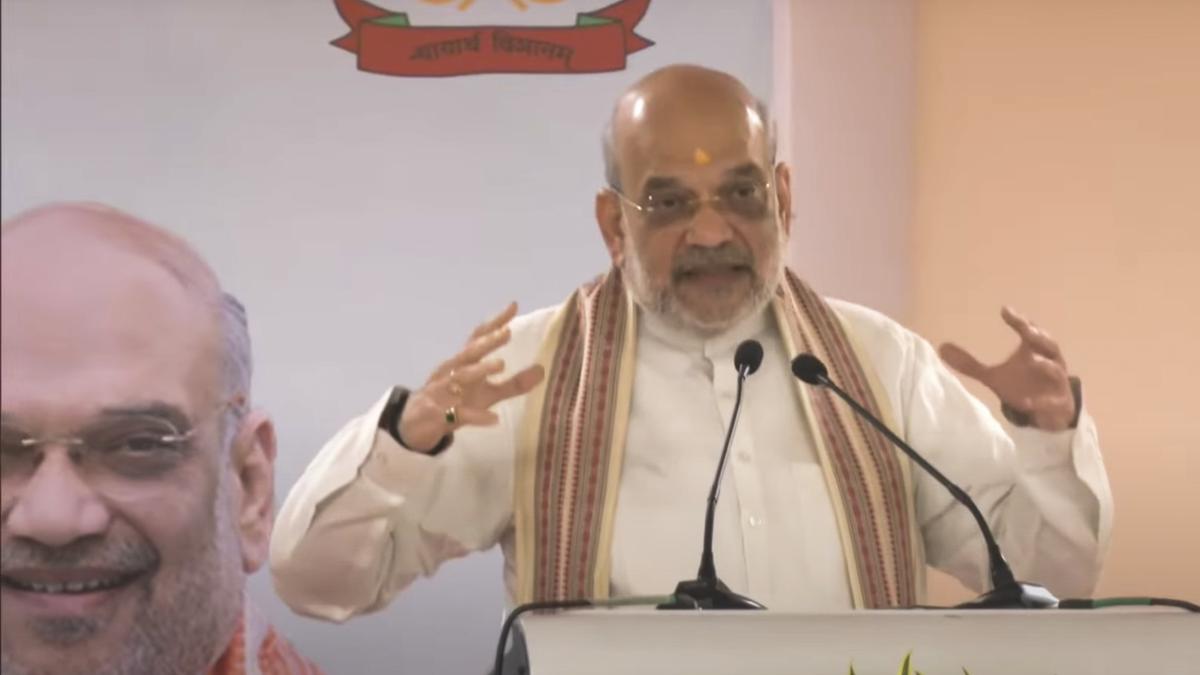India and the U.S. desire to give preferential market access to each other’s businesses and teams of both the countries are working together on the proposed bilateral trade agreement, Commerce Minister Piyush Goyal has said.
In February, U.S. President Donald J. Trump and Prime Minister of India Narendra Modi announced plans to negotiate the first tranche or phase of a mutually beneficial, multi-sector Bilateral Trade Agreement (BTA) by fall (September-October) of 2025. It is aimed at more than doubling the bilateral trade to $500 billion by 2030 from the current level of $191 billion.

“Both countries are committed to work together, both countries desire to give preferential access to each other’s businesses and we are working towards the bilateral trade agreement,” Mr. Goyal told reporters in Paris.
Mr. Goyal is here on an official visit to hold talks with French leaders and business representatives to boost trade and investments.

When asked about an announcement of Mr. Trump to double tariffs on steel and aluminium to 50%, he also said that the two countries will continue to work together to resolve all these issues bilaterally.
“Let us wait and watch …both the U.S. and India share good relations and we will continue to work together to resolve all these issues bilaterally,” he said.
Trade experts have stated that the further increase in the import duty by the Trump administration would impact Indian exporters, particularly those engaged in value-added and finished steel products and auto-components.
On May 30, Mr. Trump announced that he would double the existing 25% tariffs on steel and aluminium imports from June 4.
Mr. Trump originally invoked this provision in 2018 to set the 25% tariff on steel and 10% on aluminium. He raised tariffs on aluminium to 25% in February 2025.
In 2024-25, India exported $4.56 billion worth of iron, steel, and aluminium products to the U.S., with key categories, including $587.5 million in iron and steel, $3.1 billion in articles of iron or steel, and $860 million in aluminium and related articles.
India has already issued a formal notice at the World Trade Organization (WTO), reserving its rights to impose retaliatory tariffs on U.S. goods in response to the earlier steel tariffs.
A team of U.S. officials is visiting India this week for discussions on the proposed interim trade agreement between the two countries.
The visit gains importance as India and the U.S. are likely to agree on an interim trade agreement by the end of June, with New Delhi pushing for full exemption from the 26% reciprocal tariff on domestic goods.
India’s chief negotiator, Special Secretary in the Department of Commerce Rajesh Agrawal, last month had concluded his four-day visit to Washington.
He held talks with his U.S. counterpart on the proposed agreement.
Mr. Goyal too was in Washington to give an impetus to trade talks. There is a possibility that both sides agree on an interim trade deal before the first tranche.
Also read | U.S. remains India’s largest trading partner for fourth consecutive year in 2024 -25: Government data
The U.S, remained India’s largest trading partner for the fourth consecutive year in 2024-25, with bilateral trade valued at $131.84 billion. The U.S, accounts for about 18% of India’s total goods exports, 6.22% in imports, and 10.73% in the country’s total merchandise trade.
Talking about India’s free trade pact with four-European nation bloc EFTA, Mr. Goyal said $100 billion FDI (foreign direct investment) commitment under the agreement does not include money coming into stock market through FIIs.
“This is solid FDI coming into the country… This USD 100 billion of FDI comes with technologies… It will (also) catalyse nearly USD 500 billion of investments roughly. With this investment, the whole ecosystem gets created, hotels come up, infrastructure comes up, power and water is utilised. The whole ecosystem will add much more to the economy. So it’s a massive investments that we are looking coming through this EFTA agreement,” he added.
The implementation process of this pact is progressing fast and is expected to come into force before the end of this year.
The two sides signed the Trade and Economic Partnership Agreement (TEPA) on March 10, 2024. Under the pact, India has received an investment commitment of $100 billion in 15 years from the grouping while allowing several products such as Swiss watches, chocolates and cut and polished diamonds at lower or zero duties.
The European Free Trade Association (EFTA) members are Iceland, Liechtenstein, Norway, and Switzerland.
When asked if India would have similar arrangement in the proposed trade pact with the 27-nation bloc EU, he said: “The member countries are large investors in india, so we may not go that ground in our FTA with EU.”
Published – June 02, 2025 12:06 pm IST



